Why we ran it: To discover whether a technology that suits the car industry also suits drivers
Month 4 - Month 3 - Month 2 - Month 1 - Specs
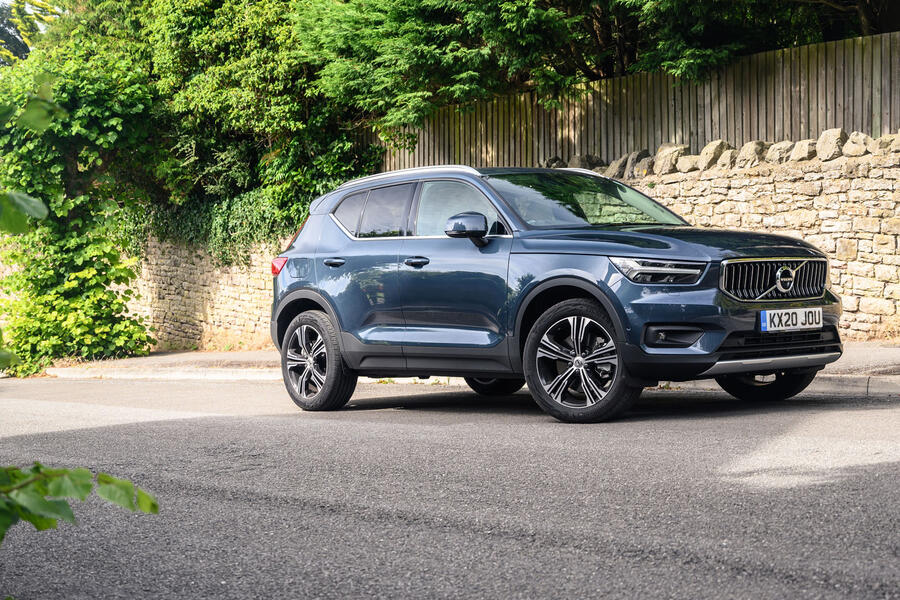
Life with a Volvo XC40 PHEV: Month 4
Working out which XC40 variant to pick seemed like catnip for accountants. Did the PHEV have us rolling around in bliss? - 3 March 2021
When you’re considering a PHEV, it’s easy to end up spending hours staring at spreadsheets.
Take the questions raised by the Volvo XC40 Recharge Plug-In Hybrid T5 that has just left our fleet. You need to judge the potential savings offered by the official 28 miles of electric-only running. And, if you’re a company car buyer, the savings enabled by the 11% benefit-in-kind tax rating courtesy of its WLTP- certified 47g/km CO2 emissions.
More broadly, you need to consider whether, at £48,255 as tested, this car is worth the £20,000-plus premium over the £25,440 entry-level T2 petrol. Or, conversely, its savings compared with the £60,005 electric Recharge P8. Both of which depend on how much use you will make of the electric motor, what you will pay for the electricity and what you would otherwise have to pay for petrol. Then, of course, you need to consider residual values and whether to buy outright, lease, go for PCP finance or use Volvo’s subscription scheme.
While financial considerations have always shaped the car buying process, it has never felt more like sitting an advanced calculus exam. Especially if, like me, you’ve never been very good at maths.
Sometimes, then, you need to stop thinking about numbers and go for a drive. Particularly because it’s when serenely gliding along in considerable comfort that the XC40 Recharge T5’s appeal really shines. That’s partly because of how comfortable it is to spend time in, served with a pleasing dose of Scandi-cool. We’ve long been impressed with the XC40, and spending an extended time with the SUV in decked-out Inscription Pro trim only emphasised that.
We knew much from our past experiences of the XC40, of course. But what our time with the T5 highlighted was just how well Swedish style meshes with plug-in power. Short journeys around town were completed in the serene quiet of electric-only running. Nestled inside, journeys felt as relaxing as a meditation podcast full of Nordic woodland noises.


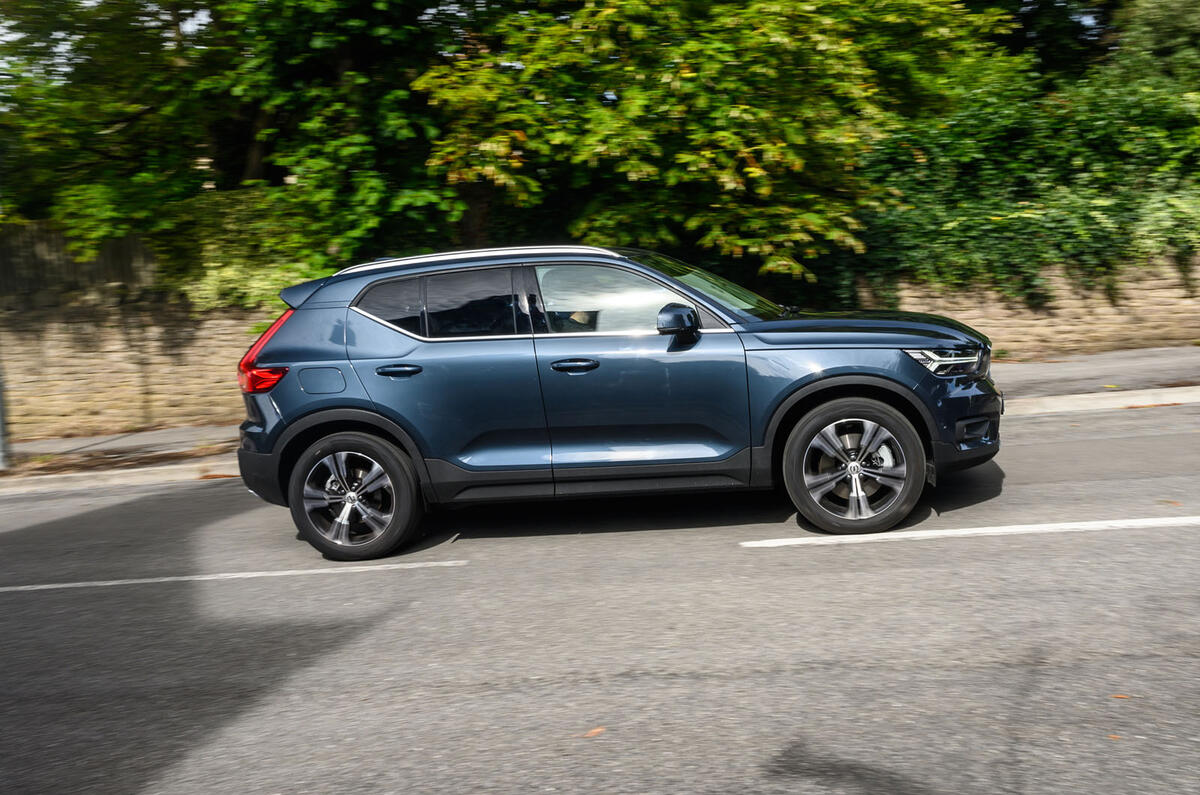
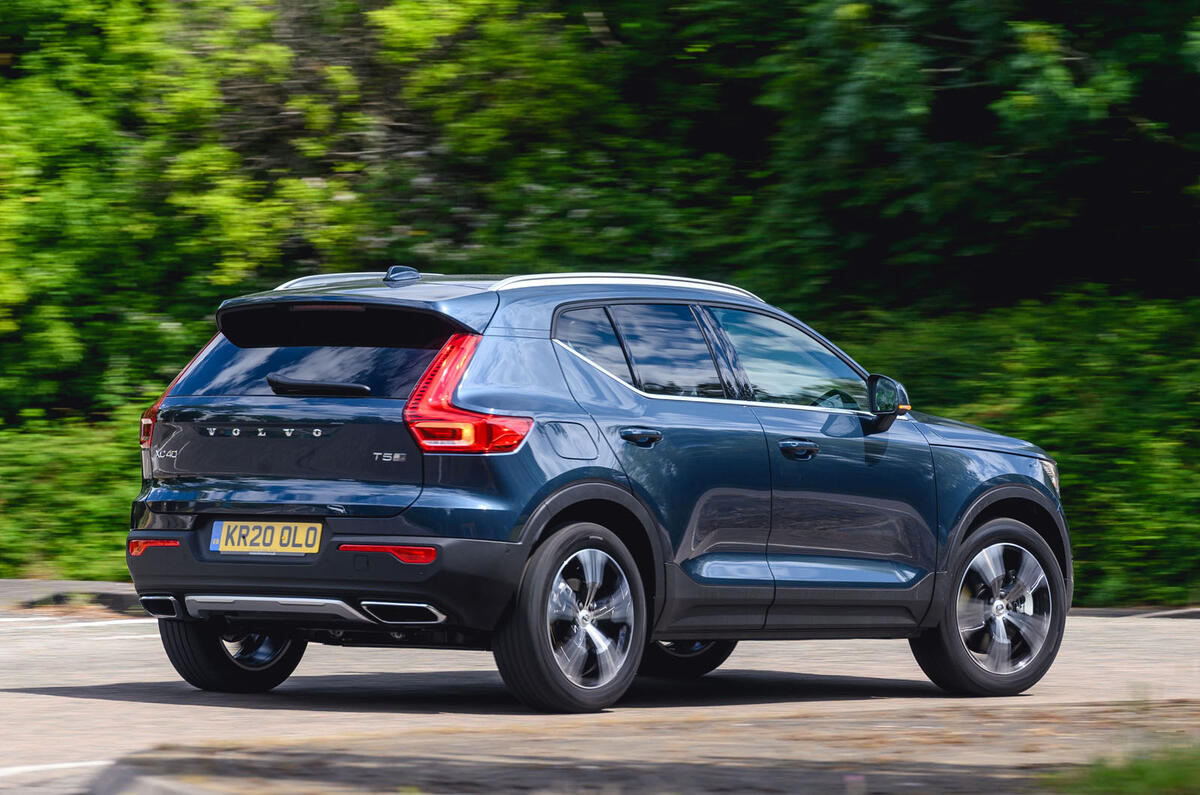
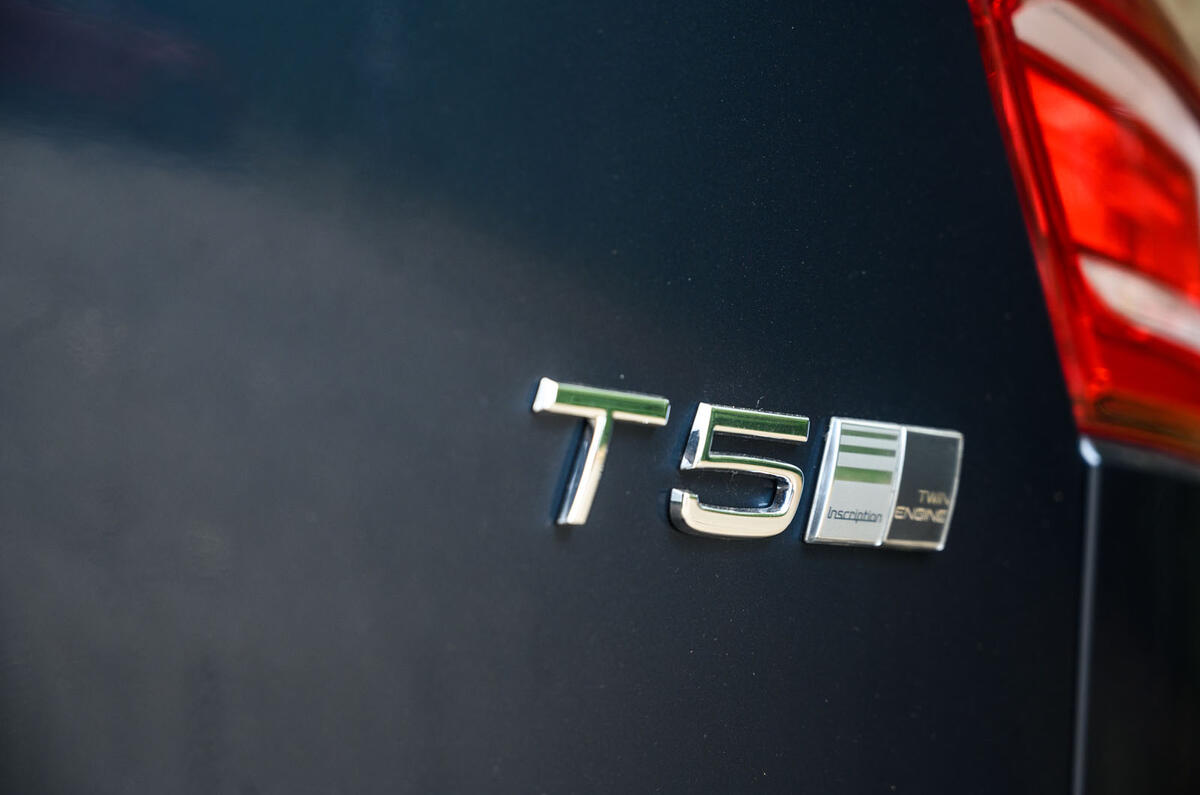
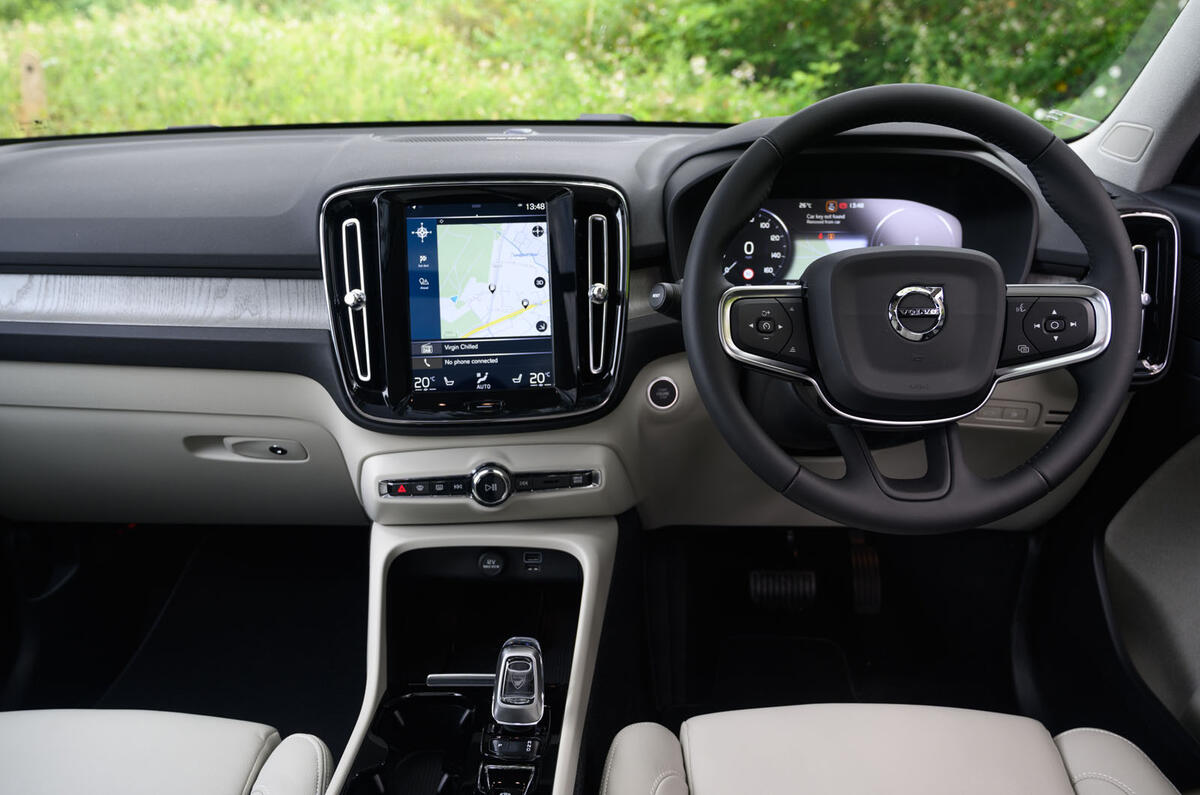
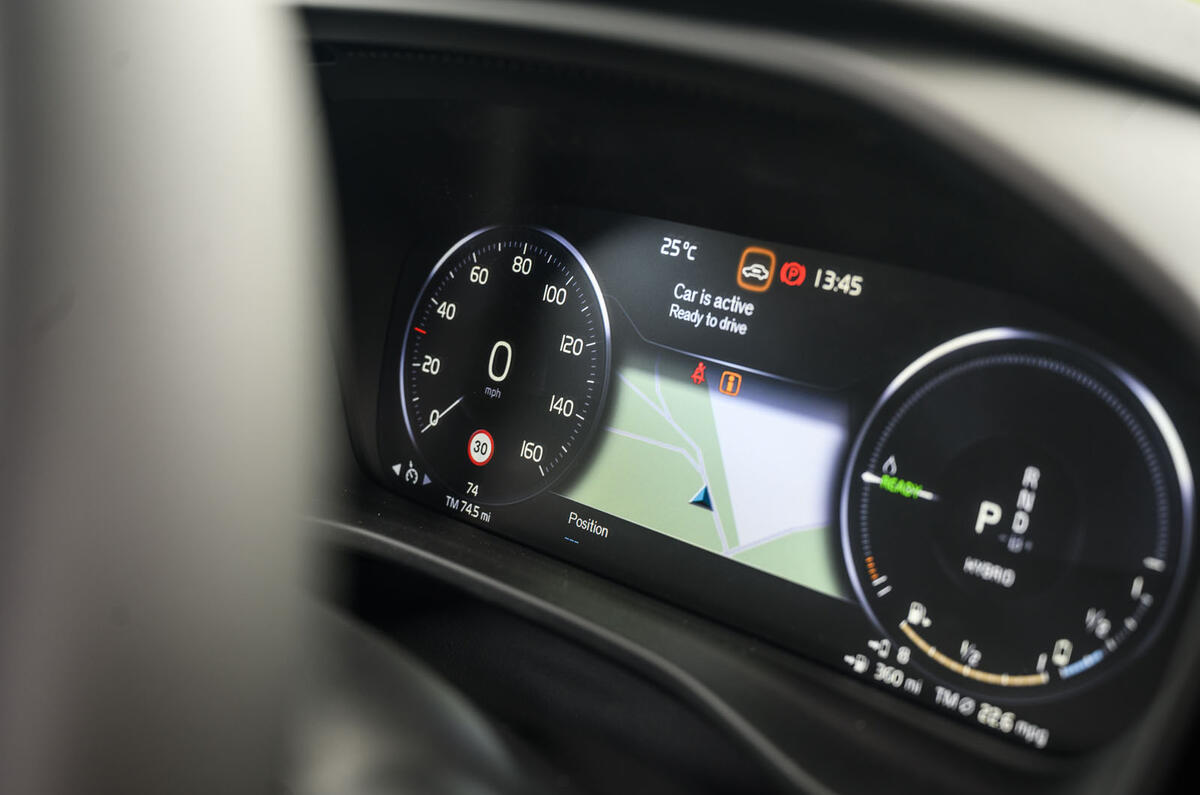
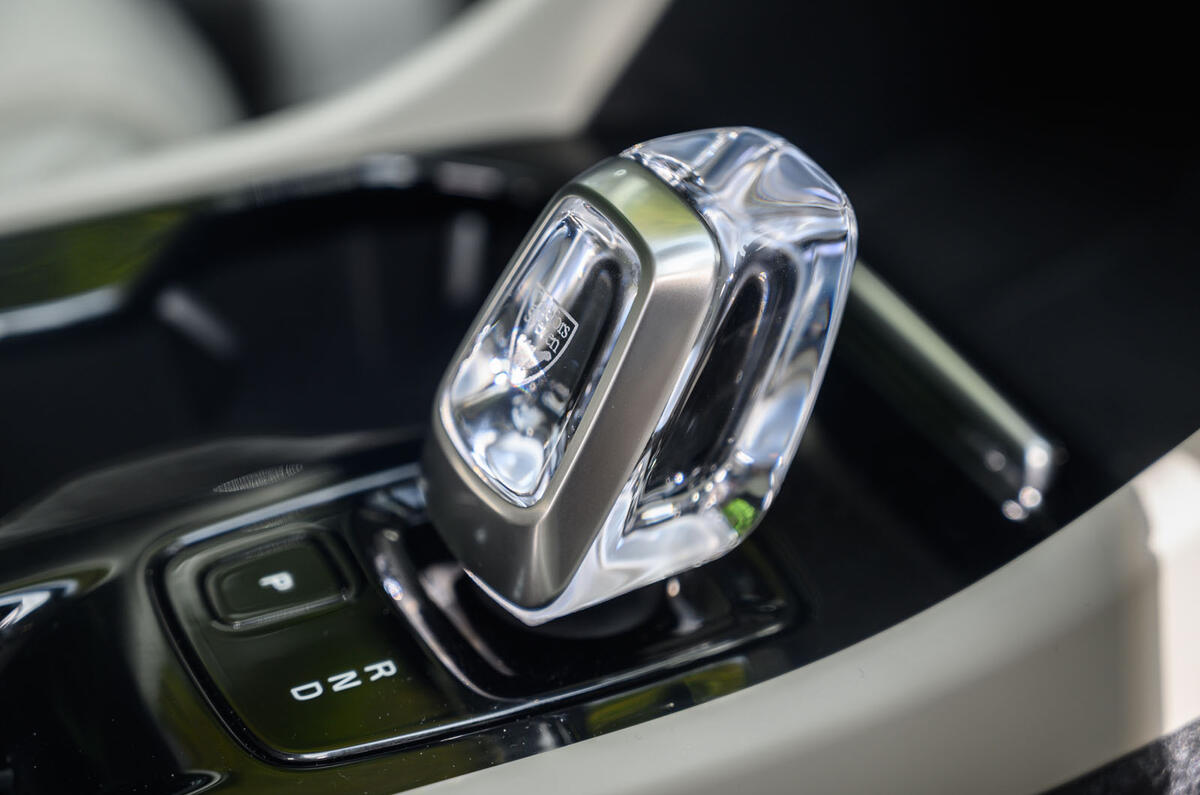
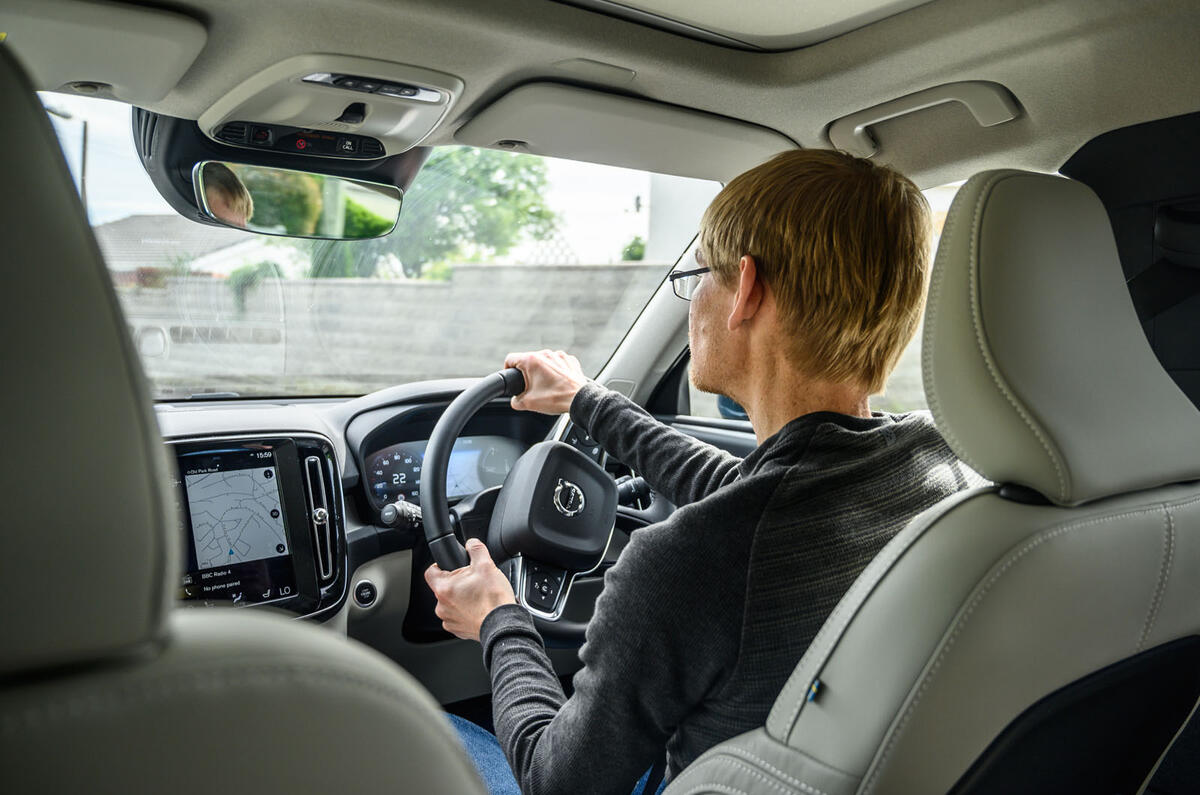
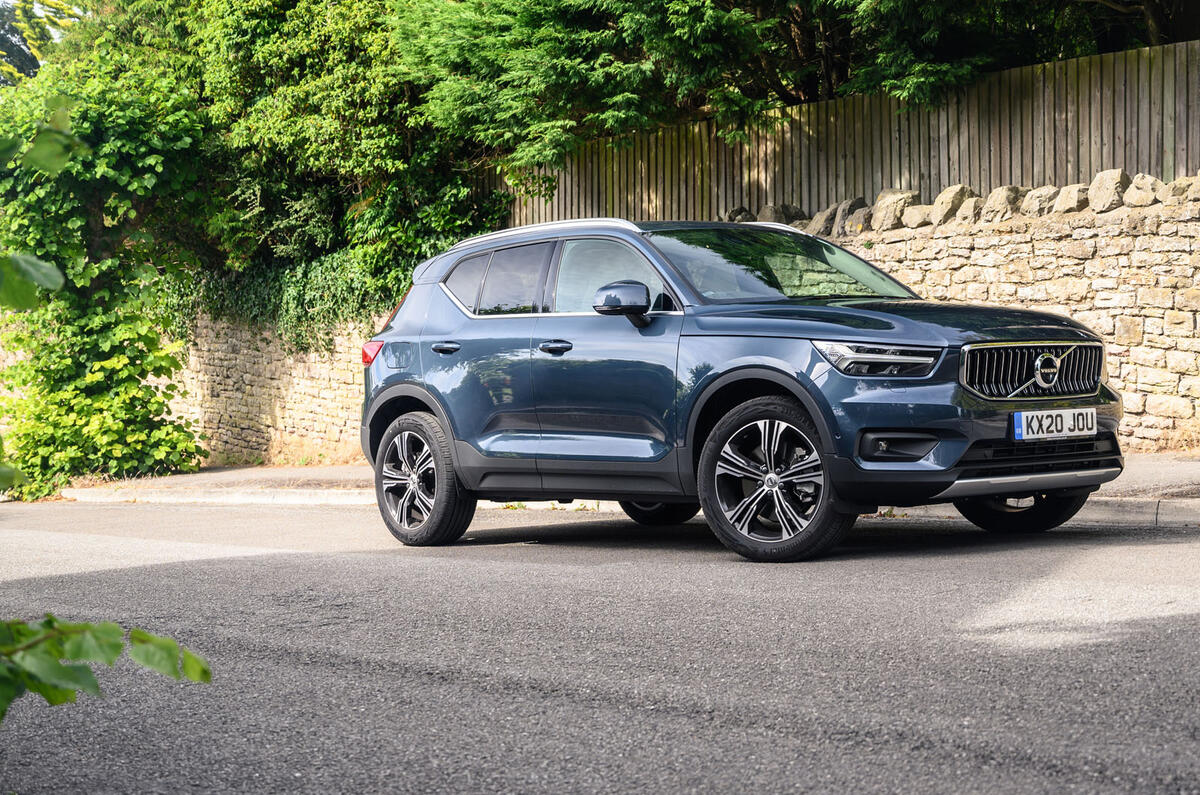

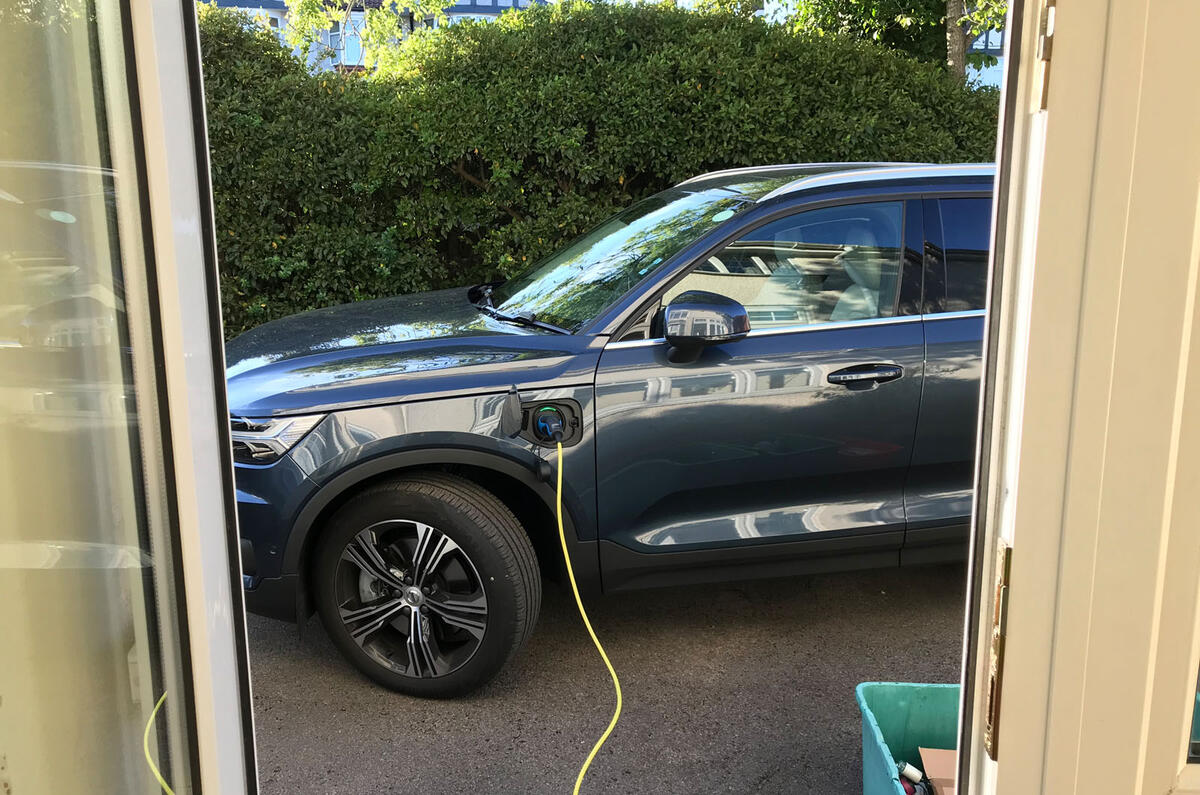
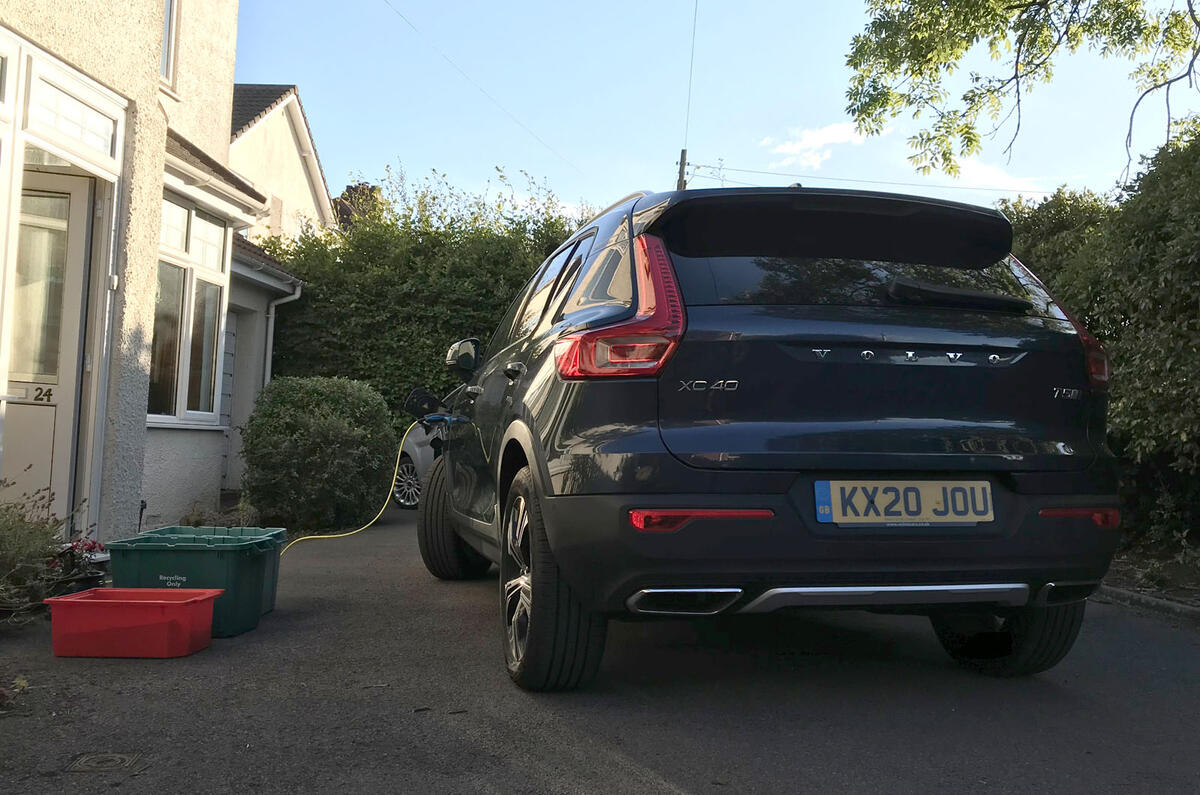

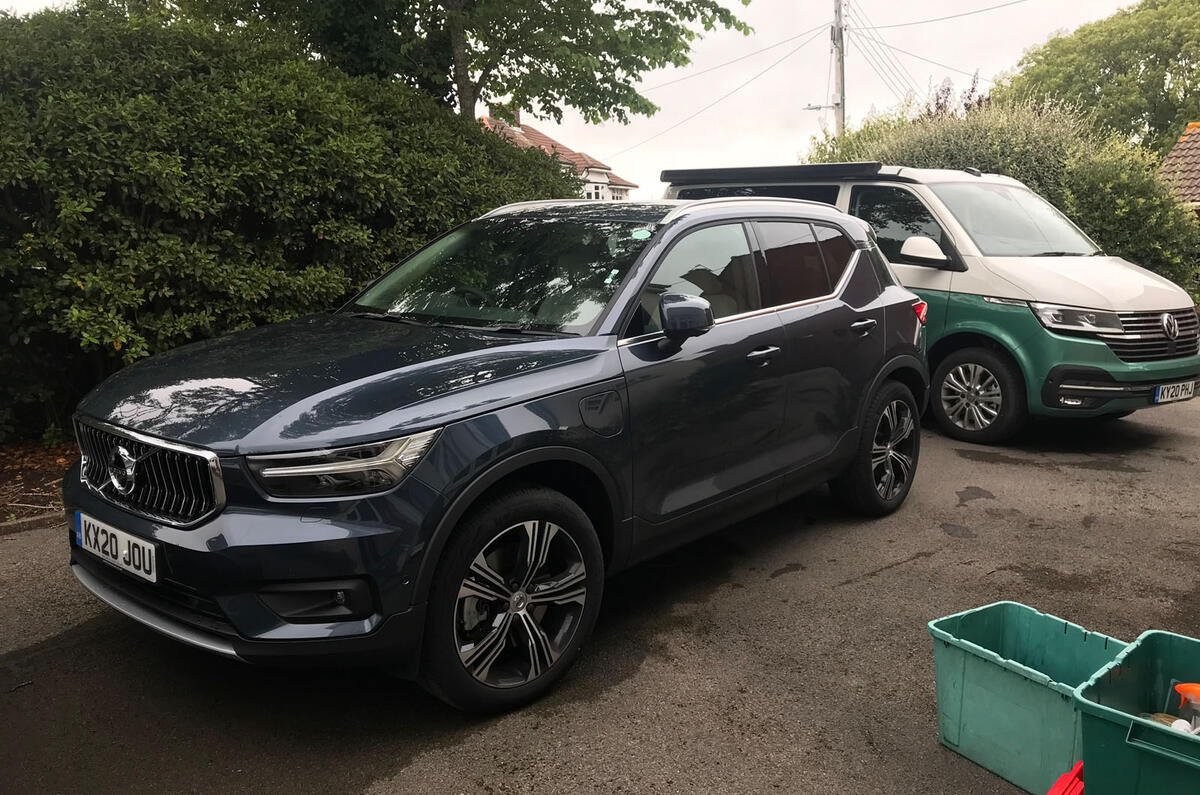


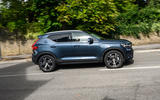


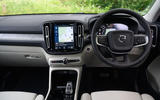











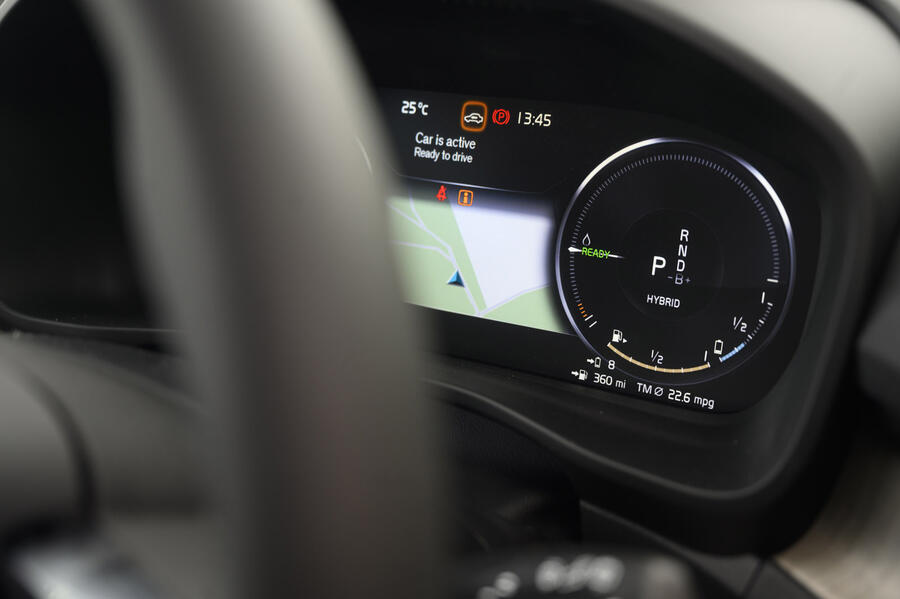
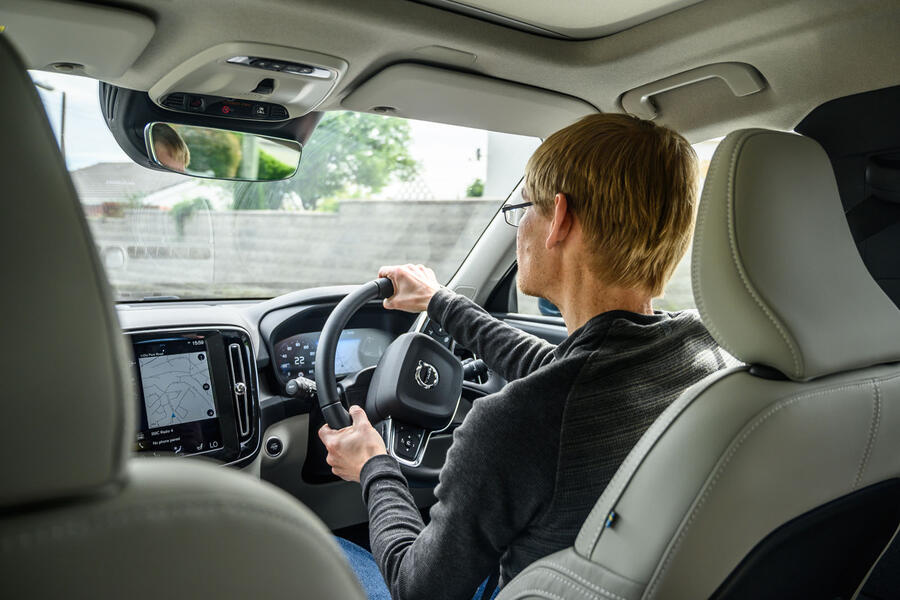
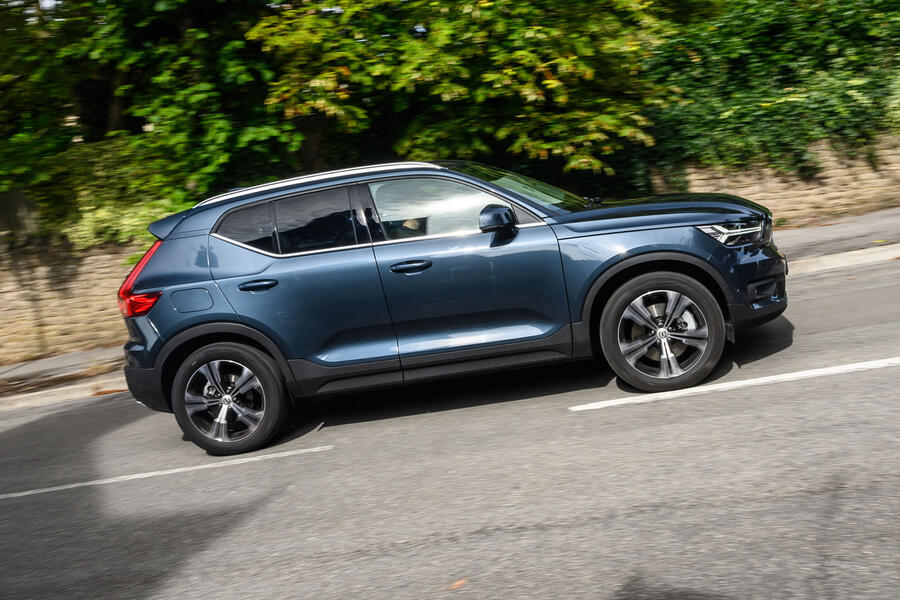
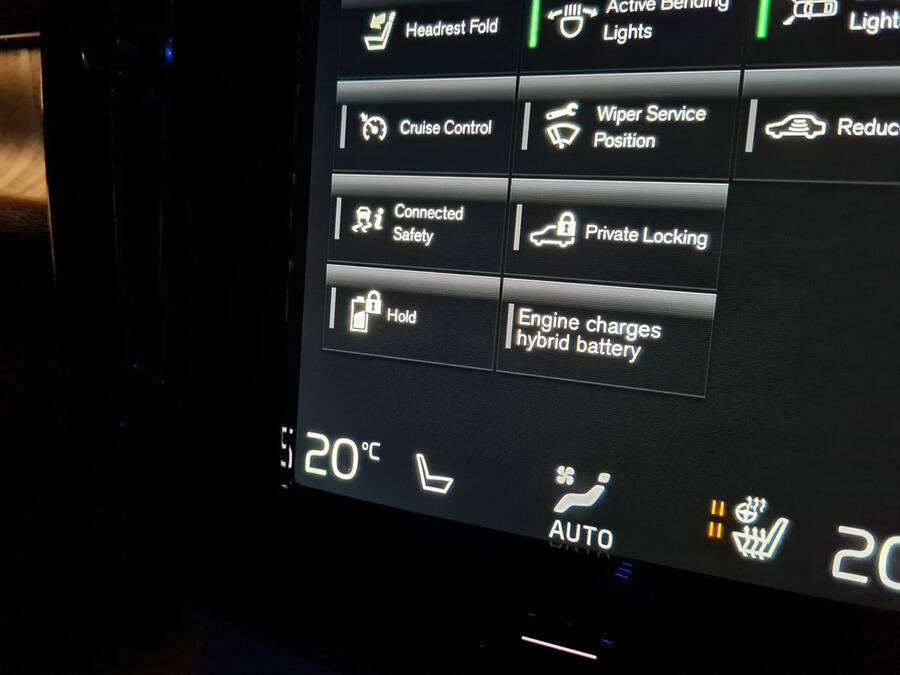
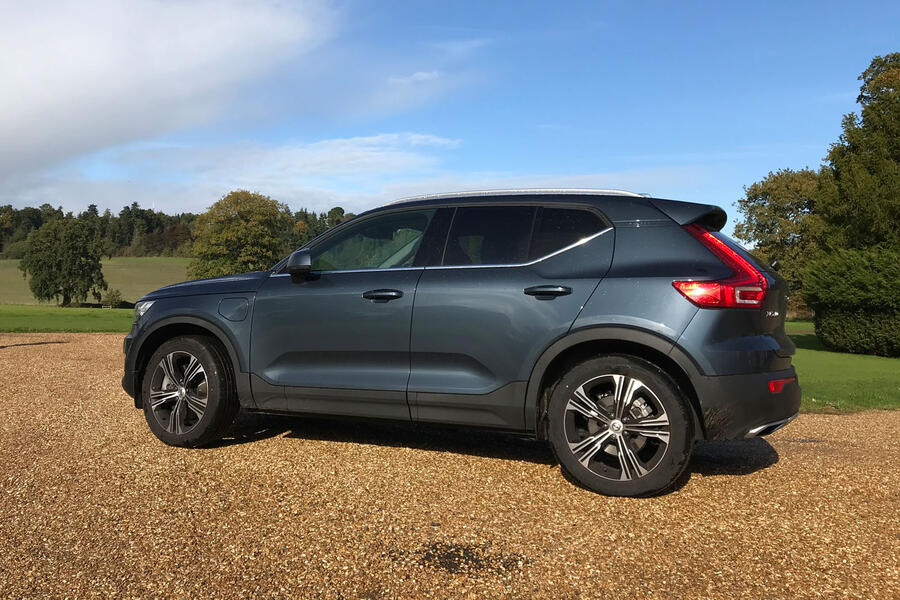
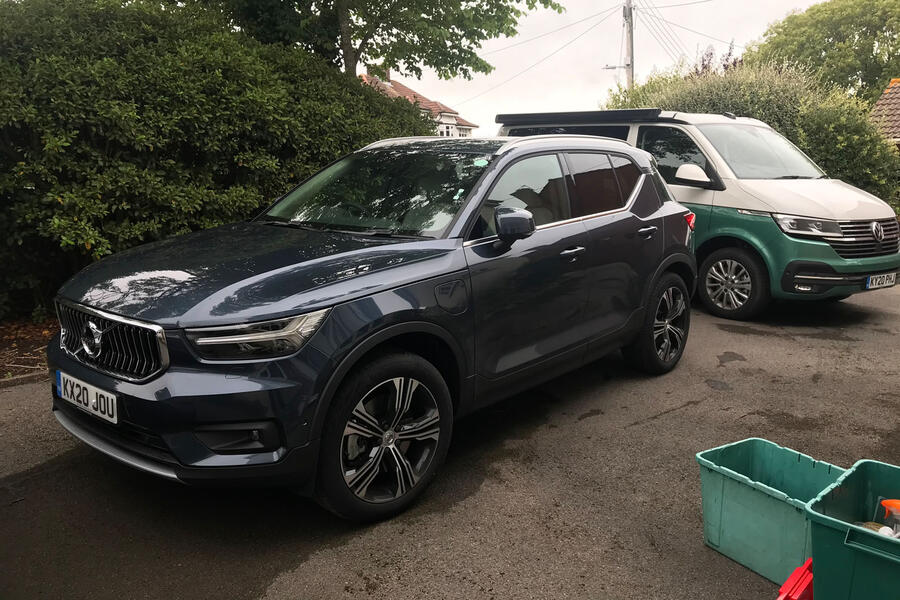
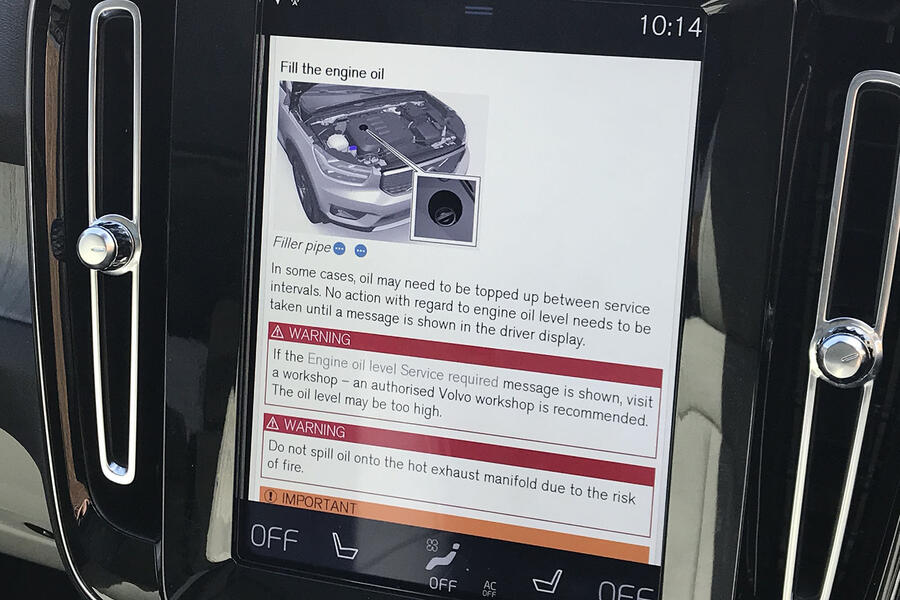
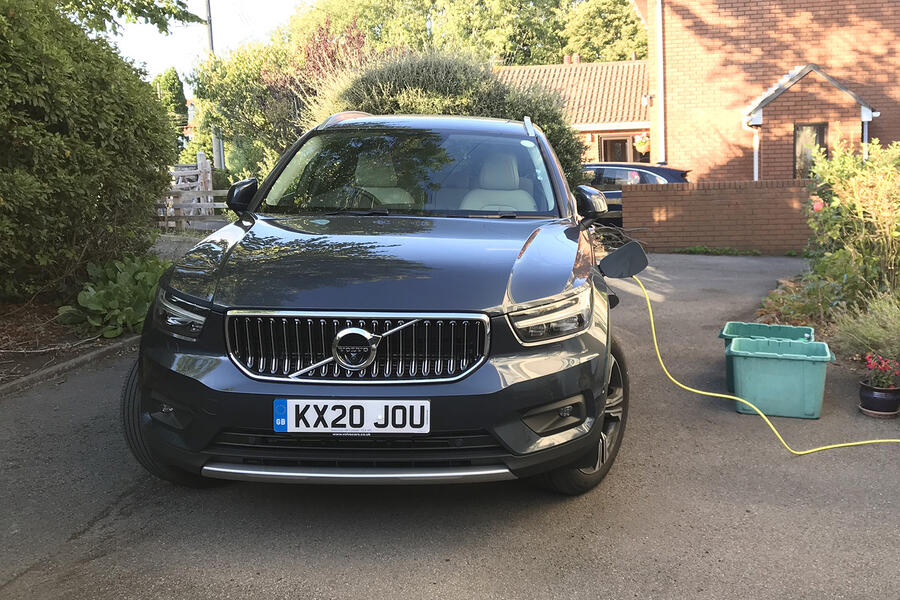

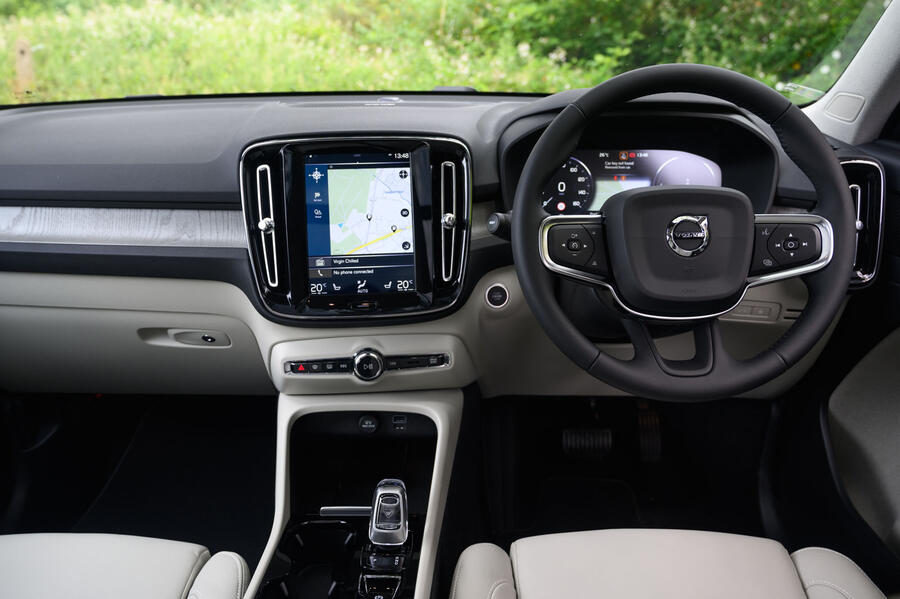
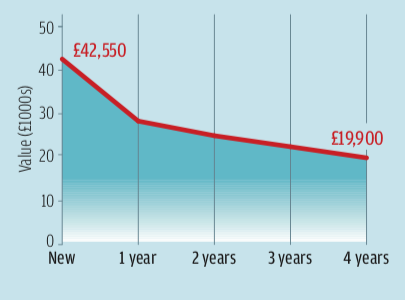





Join the debate
Add your comment
Can only manage 34-36mpg using the petrol engine, 16-18 miles on a fully charged battery.
Absolutely useless. As a company car user, its costing me £13.00 per tank out of my own money. Claimed figures are all hype.
Currently in the garage now, it needs a software update at only 2 months old, also the voice recognition doesnt recognise my speech, repeats back nonsense.
Wish I had never went ahead with choosing this car. My previous Q5 had better mpg and had NOTHING go wrong in 5 years and 96000 miles. Should have stuck to Audi.
Of course it is possible, even the eu think so and give figures for every phev and bev car. The reviewer knows how much electricity is per unit and how much petrol costs so should be able to work it out. As a footnote top gear get 35 mpg once the electricity runs out, hardly great.
People want consumption figures to compare vehicles. In a PHEV it's useless as what you're really measuring is the journey which isn't comparable. In PHEV the consumption is entirely based on how you drive it, how fast and how you charge it. Also partially true in a ICE car but ten times more so making comparisons impossible.
I'm not planning on spenting 43k on anything. The 12 yr old Golf GTI will suffice for the next decade.